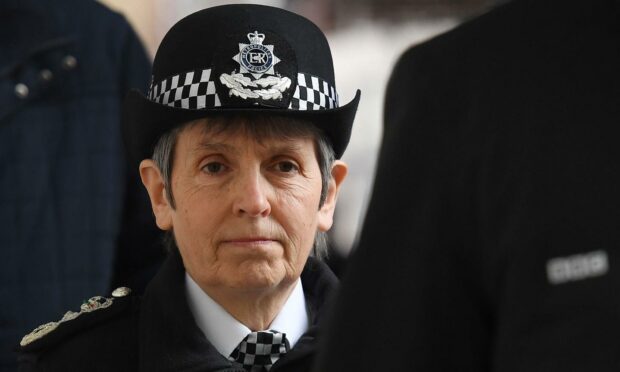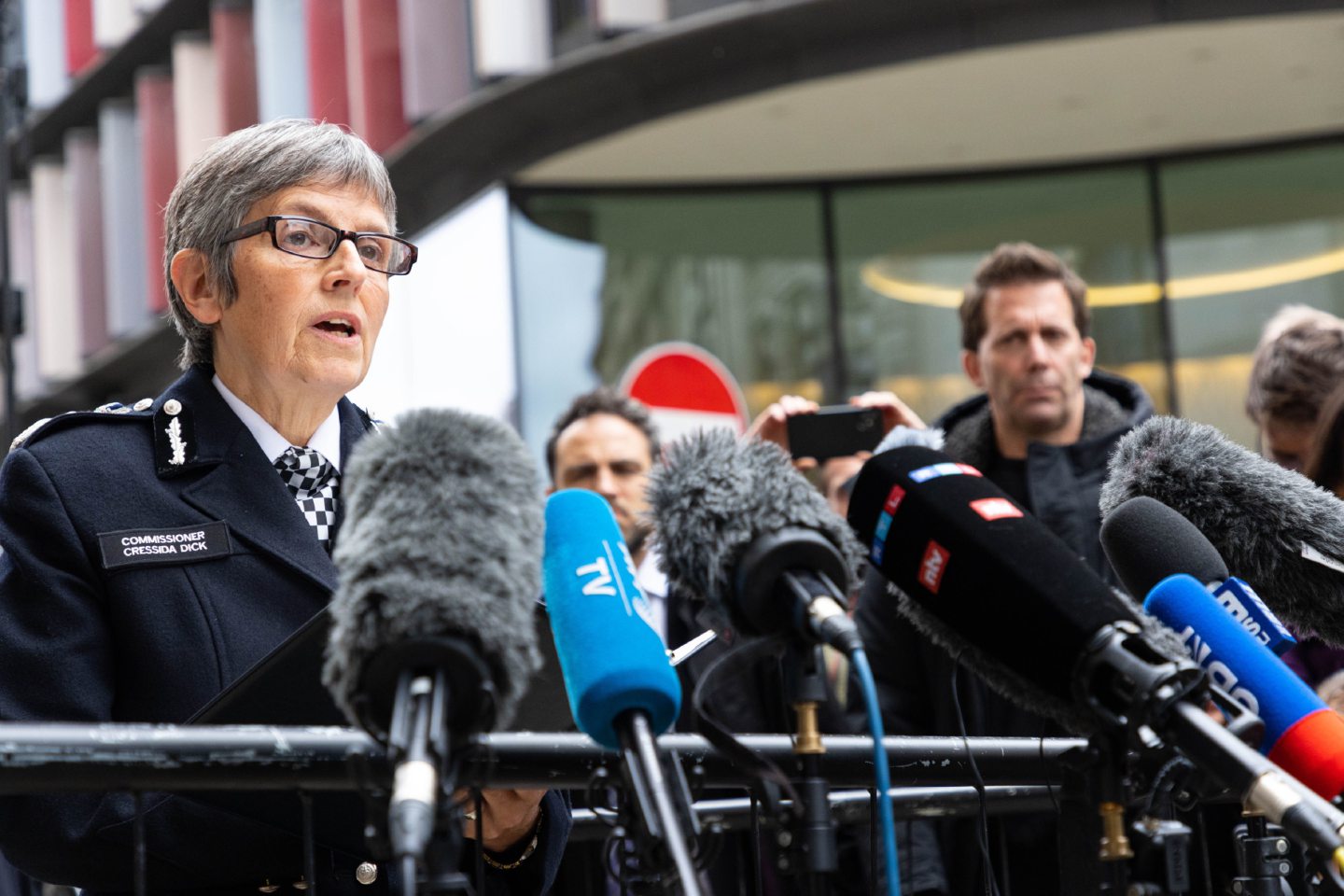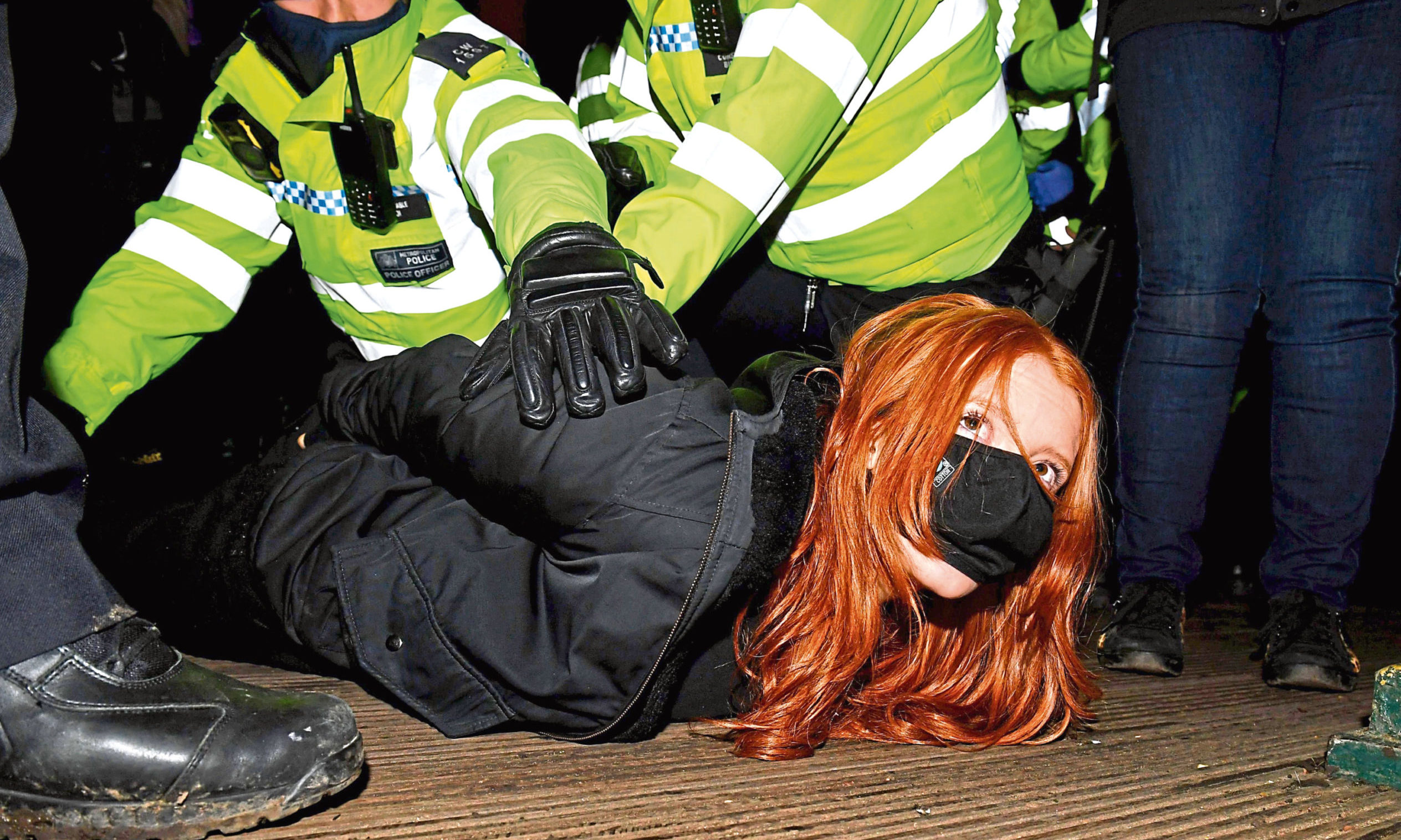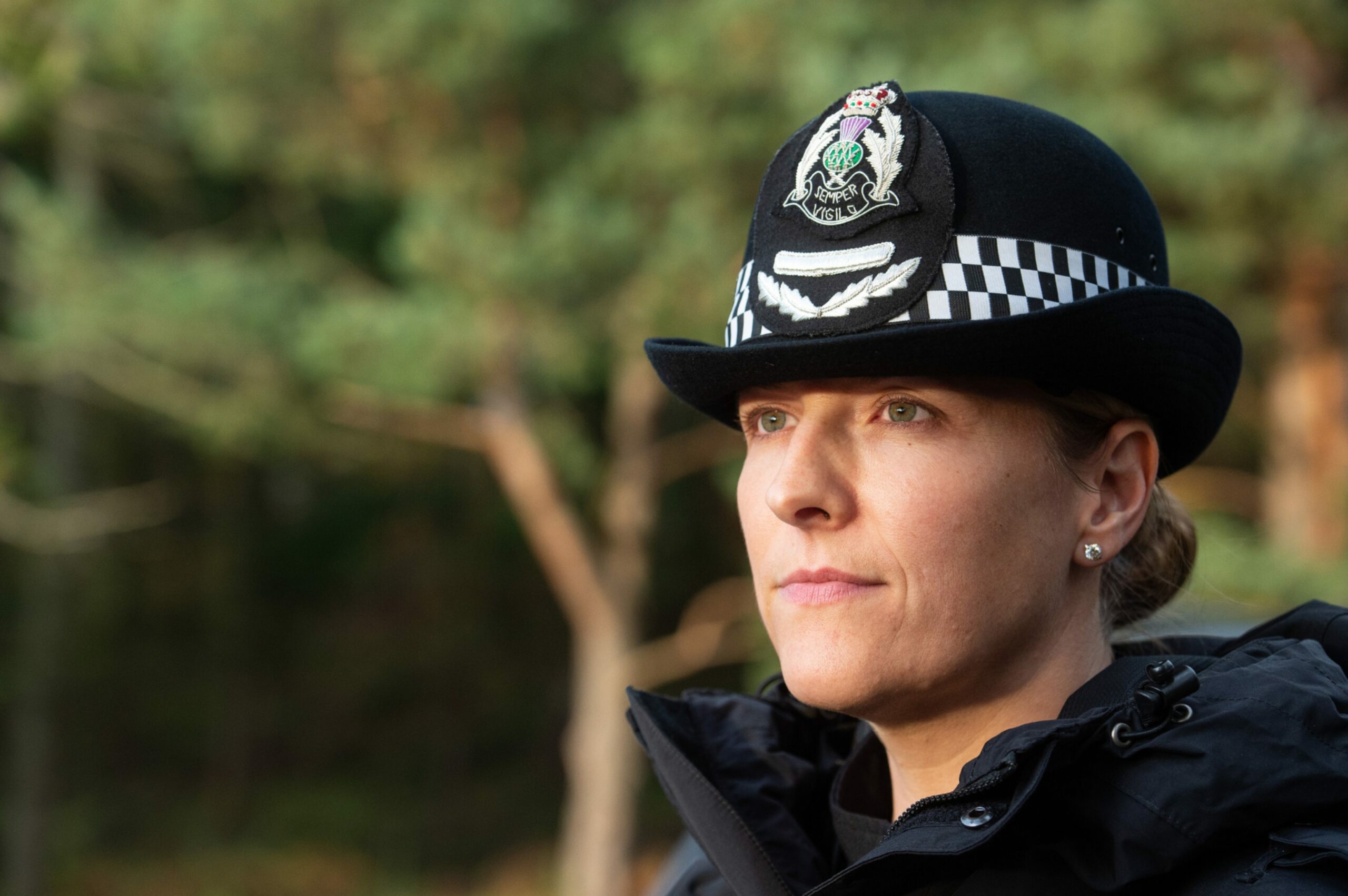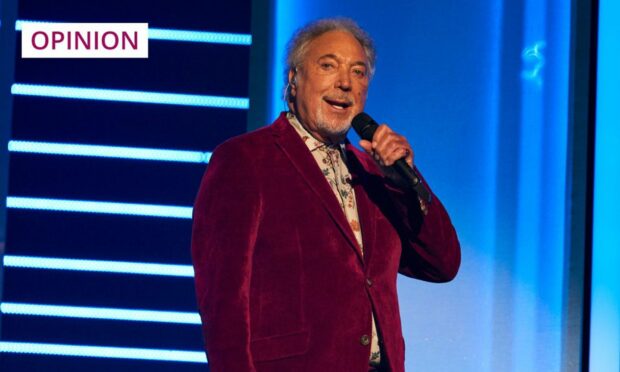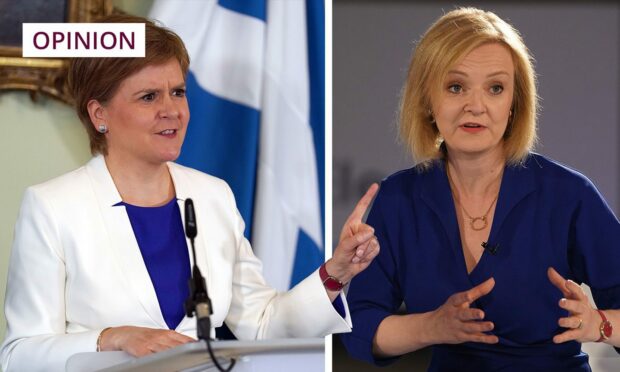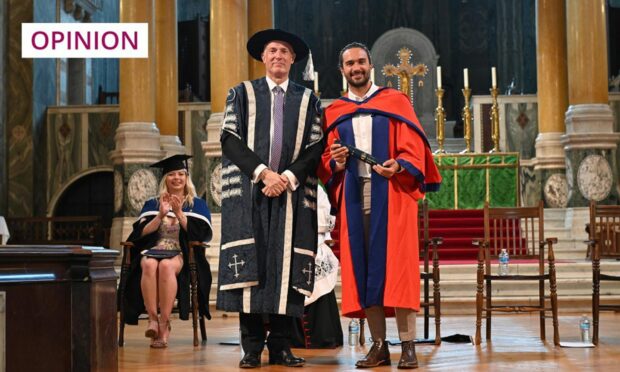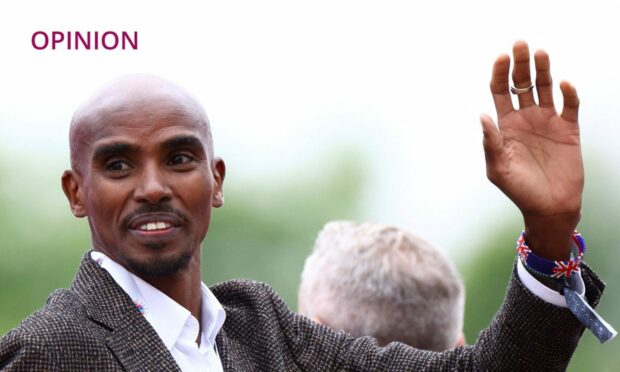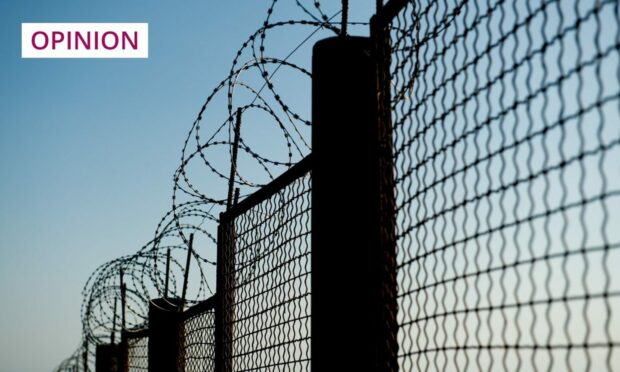Part of me knew the problems couldn’t ALL be one person’s fault.
The other part is stamping like a thwarted toddler deprived of sweeties at the checkout, screaming with frustration at the commissioner of the Metropolitan Police, Cressida Dick. Why was she allowing this? What was she doing about it?
Dick was a rare example of a female boss rising to the top in a man’s world. Why, then, did she preside over an utter shambles of misogyny, racism and corruption; a toxic mess in which male officers took selfies next to female victims’ mutilated bodies, boasted openly of sexual violence, and made jokes about turning black people into dog food?
This was not about a few bad apples in the barrel. This was about the rot creeping through the barrel itself.
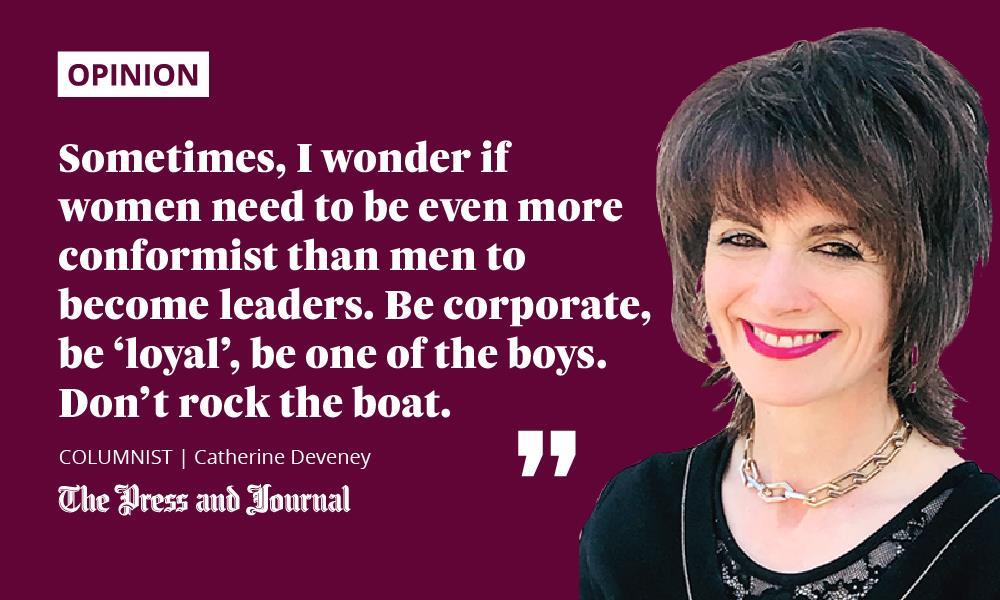
The Met’s problems are cultural, some predating Dick’s appointment. But what progress did she bring? Dick was the first female Met commissioner. The first openly gay commissioner.
She was seen as a candidate for inclusion, charged with moving the force on after the Stephen Lawrence case. Instead, the Independent Office for Police Conduct (IOPC) last week described a “disgraceful” culture of misogyny and toxic masculinity that has gone unchallenged.
Cressida Dick was never representing women
On the surface, it seemed baffling that a woman should preside over this. The largest study on the state of women in corporate America, published in September 2021, suggested female leaders have qualities that should have been particularly advantageous to Dick in changing the Met’s culture.
Women, according to the report, were more likely to advance diversity, equity and inclusion. They were more likely to speak out about discrimination, make workloads manageable, and offer emotional support to their teams. So, what went wrong for Dick?
The answer, perhaps, is that, despite so many of us feeling that Cressida Dick was representing women, she never actually was. Certainly, there was a question mark at the start when she accepted £40,000 less per year than her male predecessor. Her salary was still £230,000, so she was never going to starve. But, given women’s continuing battle to close the gender pay gap, it sent a public message that she didn’t deserve what the male boss did.
Dick called it “personal choice”. Not a luxury female supermarket workers had in their long-running fight for pay parity with male colleagues.
Institutionalism sacrifices truth on the altar of allegiance
Pay aside, Dick’s gender was rendered irrelevant by a common leadership “ism”: institutionalism. Institutionalism involves protecting organisations against any outside force, including any victims at their mercy. It sacrifices truth on the altar of allegiance.
Dick expressed horror at television’s casual portrayal of Met corruption in Line of Duty. Made you wonder where she spent her policing years – with PC Plod in Toytown?
Bishops in churches faced with the abused do it. CEOs in dodgy companies do it. Prosecutors and judges “protecting society” do it. Cressida Dick certainly did it. They might all call it loyalty. The IOPC calls it corruption.
Public institutions also tend to protect each other, becoming an impenetrable wall. The Met’s role in the Downing Street investigation raised eyebrows. Is it significant that the brother of Home Secretary Sajid Javid was Cressida Dick’s deputy?
In 2019, Dick expressed horror at television’s casual portrayal of Met corruption in Line of Duty. Made you wonder where she spent her policing years – with PC Plod in Toytown?
Last year, when it emerged that Sarah Everard’s murderer was a serving policeman, a long-hidden problem was highlighted. Since 2010, 750 Met officers have been charged with sexual crimes. Only 83 of them have been sacked.
Despite police officers being widely-condemned for clashing with protesters at a vigil for Everard, Dick argued their behaviour was “proportionate”. But the public saw the footage with their own eyes. Was she suggesting we needed a national visit to Specsavers?
Problems aren’t exclusive to the Met
Sometimes, I wonder if women need to be even more conformist than men to become leaders. Be corporate, be “loyal”, be one of the boys. Don’t rock the boat.
Police Scotland has listed over 700 officers in the past five years as being ‘of concern’
Cressida Dick eventually sent a letter to her troops telling them it was their duty to report colleagues for bad behaviour. Was that because of the problem, or because the problem had been made public? It’s a pity she didn’t shop the institution long ago, rather than shoring it up. Because, when the going got tough, the institution wasn’t going to shore her up.
A woman should have been ideally placed to challenge and change the Met, though it would be naive to think this is limited to London. Police Scotland has listed over 700 officers in the past five years as being “of concern”, while the Angiolini report highlighted problems with Police Scotland’s handling of complaints.
In the north-east, Kate Stephen will become the first ever woman in the top job in her area. Good for her. Her success, however, will not be dictated by her gender, but by whether she understands a truth often forgotten in organisations paid for by the taxpayer: they serve the public, not the institution itself.
Catherine Deveney is an award-winning investigative journalist, novelist and television presenter
